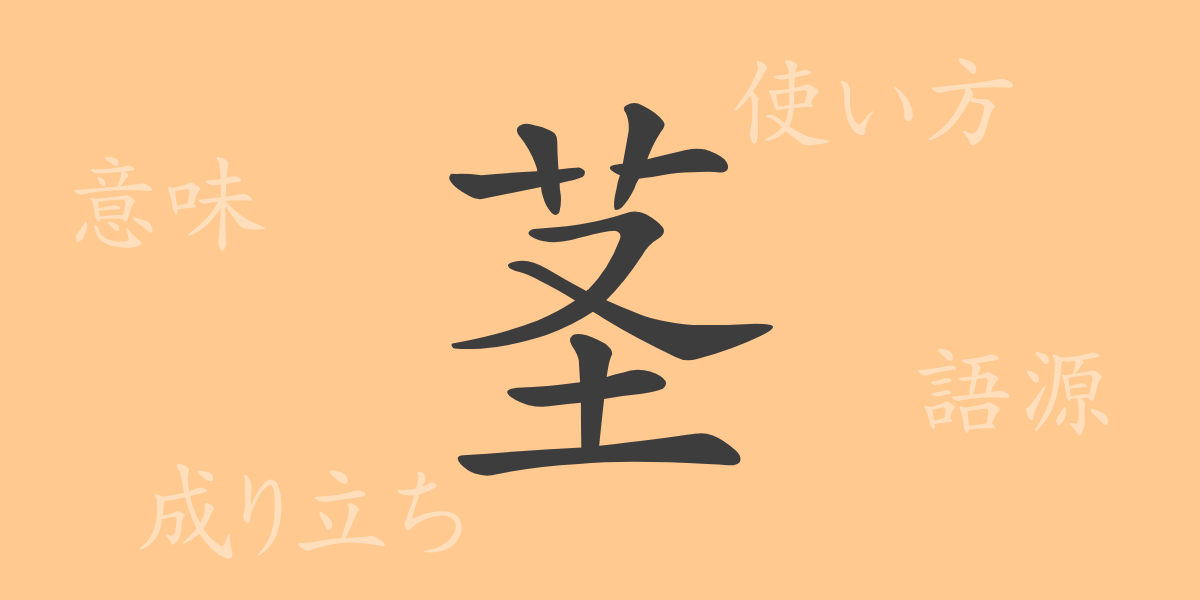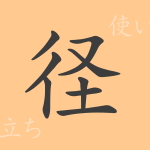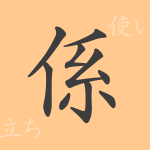Kanji deeply rooted in Japanese culture each hold rich history and meaning. The character “茎(くき)” is no exception. Often seen in daily life, this kanji is primarily used to refer to a part of a plant, but its applications extend beyond that. This article delves into the world of “茎(くき),” exploring its origin, meaning, usage, readings, stroke count, radical, as well as idioms and proverbs that include it.
Origin of 茎(くき) (Etymology)
The kanji “茎(くき)” originated as an ideogram representing the stem of a plant. In ancient China, it was used to denote the stem of a plant, with its shape reflecting this meaning. The character visually mimics the image of a plant’s stem rising firmly from the ground, symbolizing vitality and connection with nature.
Meanings and Usages of 茎(くき)
The primary meaning of “茎(くき)” is the part of a plant that connects the roots with the leaves or flowers, essentially the “stem” or “axis” of the plant. This kanji is used not only to refer to the stems of vegetables in cooking but also metaphorically to indicate the “essential part of something.” Additionally, it can refer to the nape of a person’s neck.
Readings, Stroke Count, and Radical of 茎(くき)
Here are the basic details about the kanji “茎(くき)”:
- Readings: The on’yomi (Chinese reading) is “ケイ,” and the kun’yomi (Japanese reading) is “くき.”
- Stroke count: “茎(くき)” has a total of 10 strokes.
- Radical: The radical is 艸(くさかんむり), related to plants.
Idioms, Expressions, and Proverbs Using 茎(くき)
Here are some idioms, expressions, and proverbs that include “茎(くき)”:
- 茎茶(けいちゃ) – A type of Japanese tea made from dried tea stems.
- 茎葉(けいよう) – Refers to the stems and leaves of a plant, or figuratively, the non-essential parts of something.
- 茎を振る(くきをふる) – Describes a plant swaying in the wind, metaphorically indicating a person acting energetically.
- 茎を折る(くきをおる) – Literally means to break a plant’s stem, metaphorically indicating the interruption or failure of something.
Conclusion on 茎(くき)
The kanji “茎(くき)” symbolizes plant vitality with its simple yet powerful design. In Japanese, it is used not only to refer to plant stems but also in various idioms and expressions, showcasing the depth of the language. Encountering “茎(くき)” in daily life can serve as a reminder of the rich history and culture embedded in this character.

























